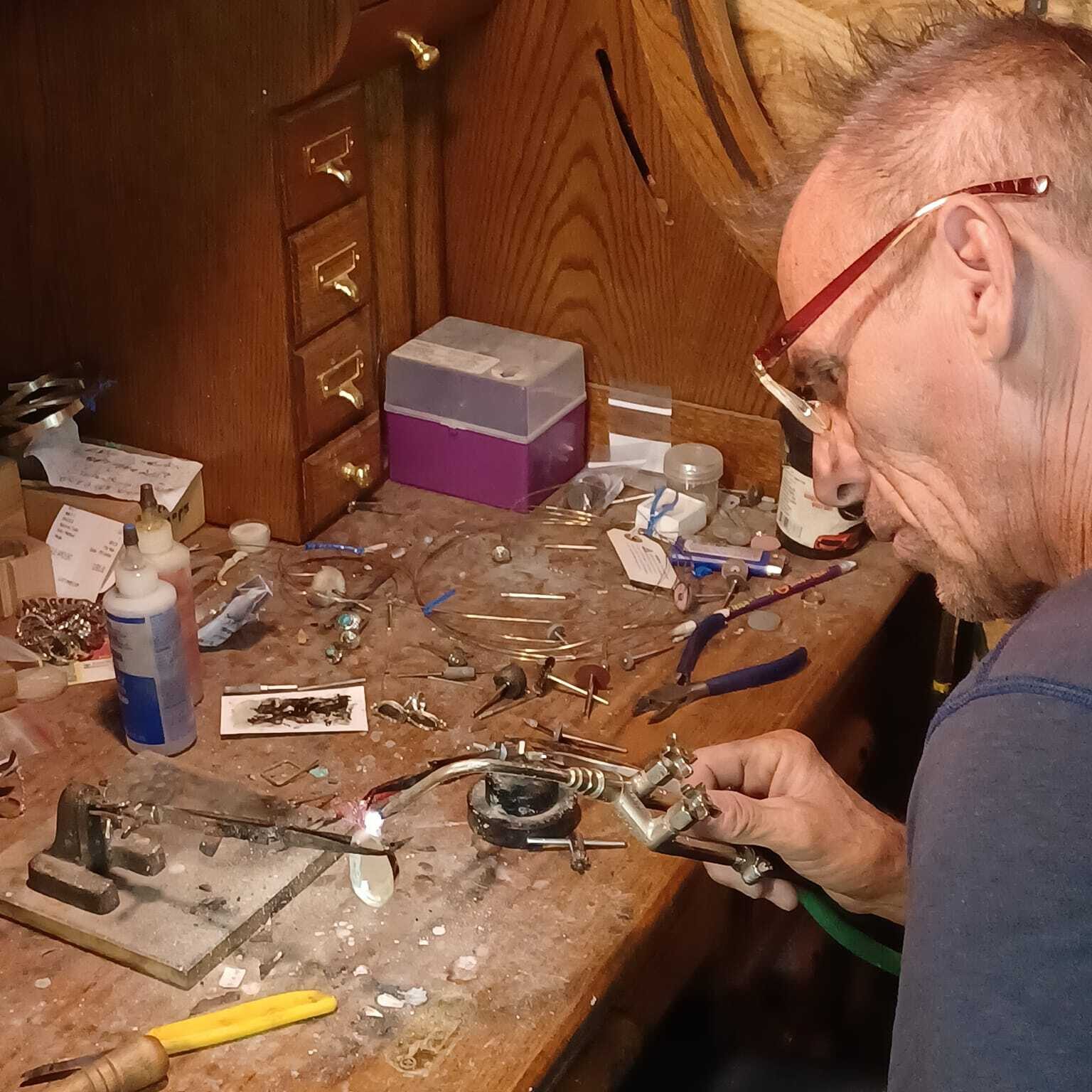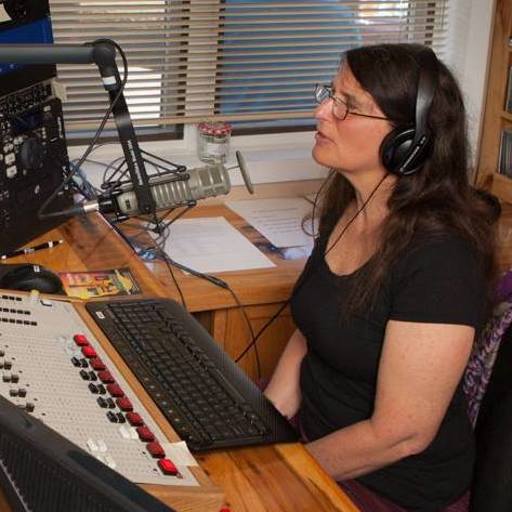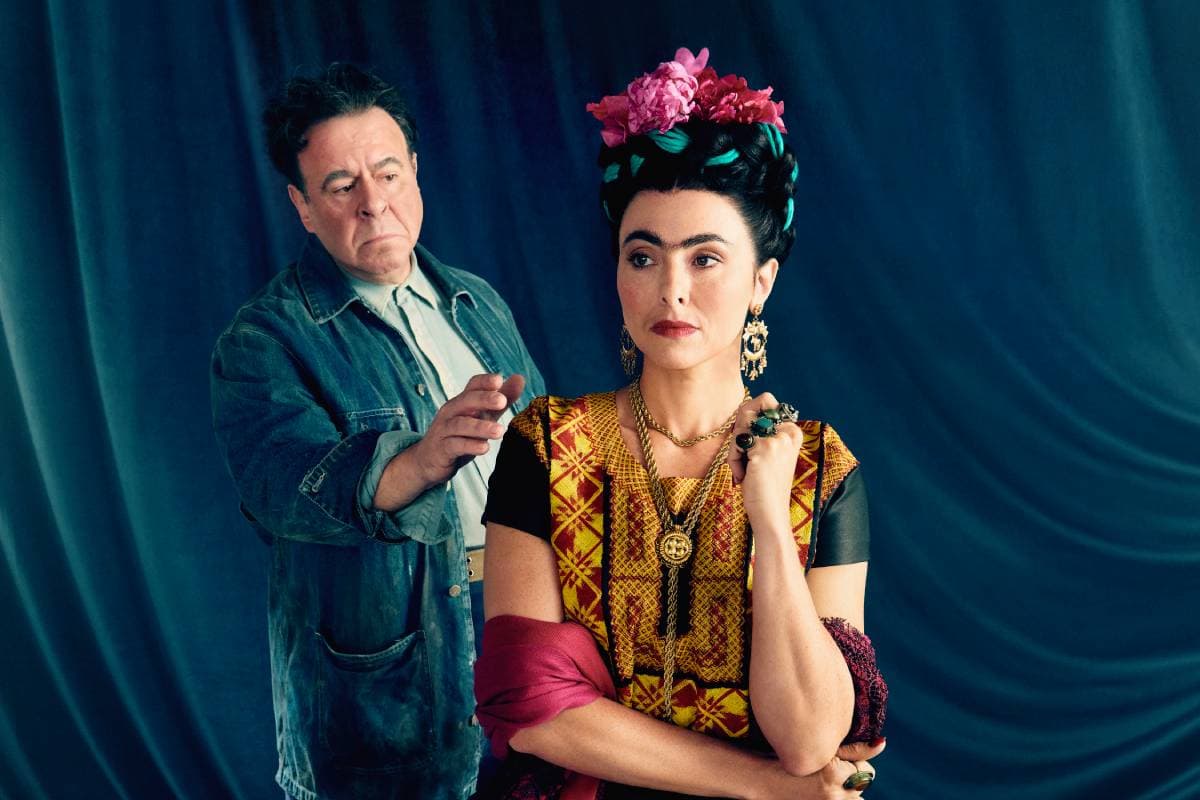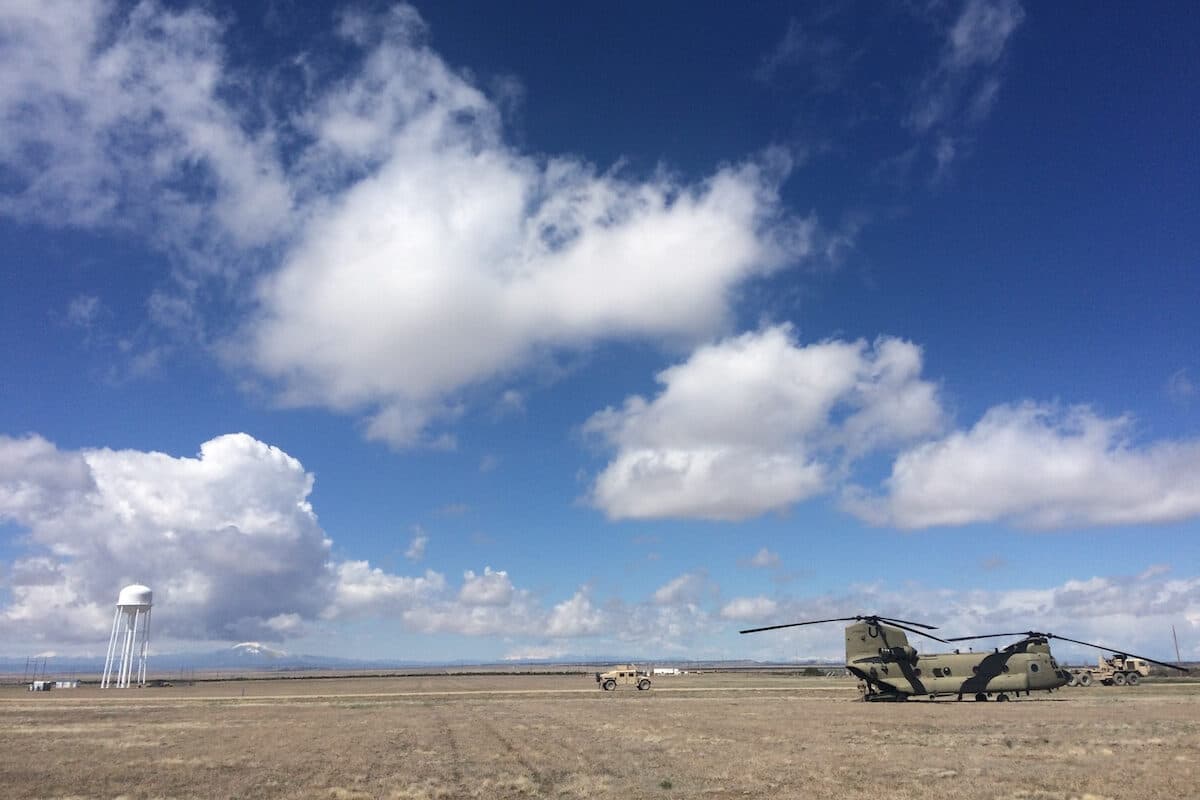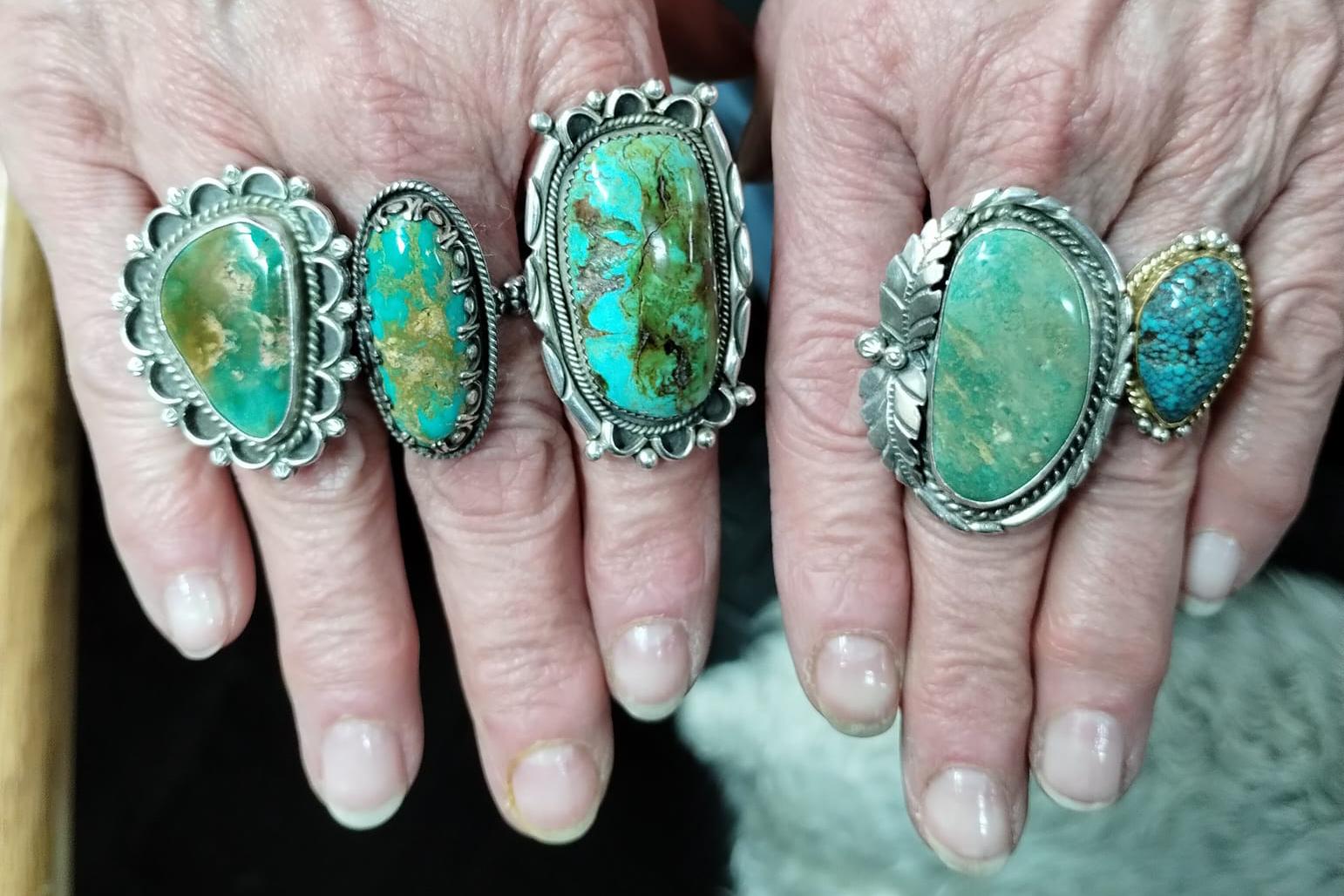
Turquoise - the blue and green gemstone - is often seen as emblematic of the West. A couple of listeners have asked about turquoise mines in Colorado.
KRCC’s Shanna Lewis spoke with Clint Cross of North Star Turquoise. He’s been mining turquoise near Cripple Creek for decades. He also makes jewelry and inlays tables with the stones.
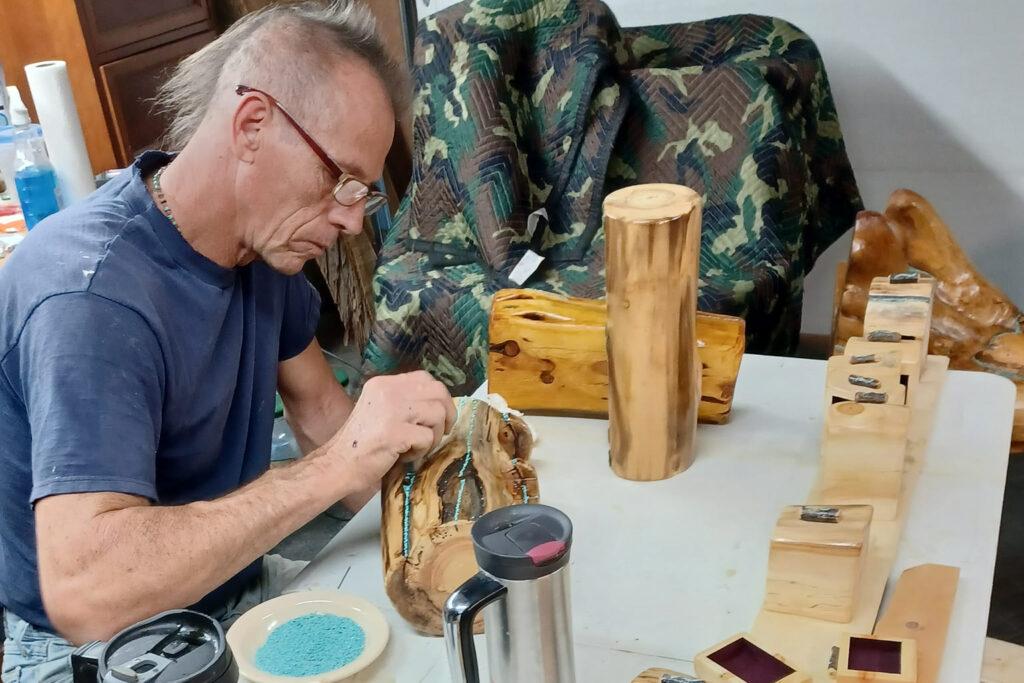
This interview has been edited for length and clarity.
On what a turquoise mine looks like
It runs in veins. We do not mine underground, so we start at the surface with a pick and a shovel. I do not do any mechanical mining at all. I don't use a backhoe, big machinery, bobcats, anything like that. It's all done by hand. As we're digging down, I'll clear a bench that's probably two or three feet wide and 10 to 12 feet long and just start picking down.
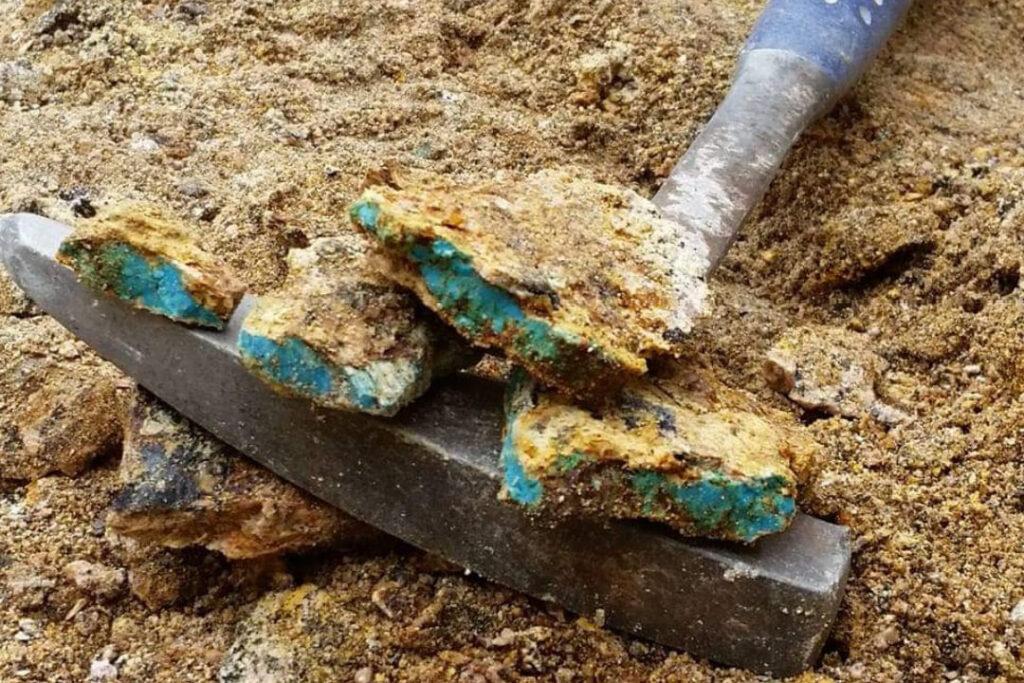
Normally when we hit a good gem vein, you hear a click on your pick and you know that you're on turquoise. So I'll get down to that area, clean it all off, and then I'll mine underneath the bottom of the vein because it does run in and out. It'll go from thin to nothing, and then sometimes it picks back up again or it'll end up in a big pocket.
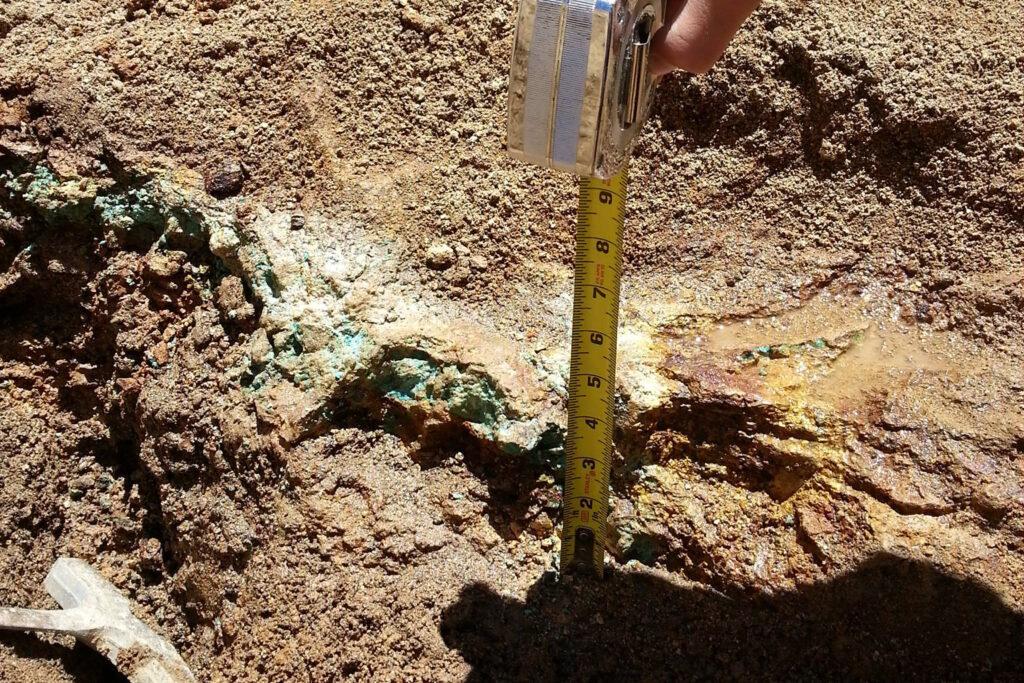

On processing raw turquoise
Once we mine it (the turquoise) out, it goes into a five-gallon bucket and then I bring it home and we put it in a cement mixer, then I tumble it for 12 hours. I'll clean out the slurry, which is claylike. It's got a lot of minerals in it. Then I'll dump it, clean it, fill it back up, tumble it again.
We used to tumble for four days. Then I put some really heavy-duty rubber mats inside of the mixer. Everybody on the mountain asked, “What are you doing down there?” It made it (the tumbling) a lot more aggressive. So it shortened our time by about a day and a half tumbling it this way. Once it's washed out, the colors are just amazing. They're way different than what you mine.
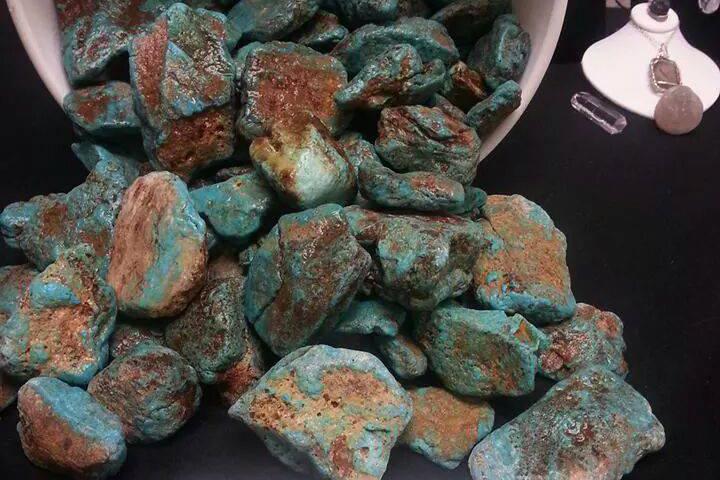
On the different colors of turquoise
Iron makes green, copper makes blue, and there's just such a large variety of colors and turquoise between greens and blues. Anywhere from dark jade green to darker to grass green to powder blue to baby blue to sky blues. There's about any color you could think of between greens and blues with turquoise.
On mines in the San Luis Valley
Well, I know that the King's Manassa mine, (was operated by) Mr. King. I got the honor to meet him quite a few years ago. He's a pretty incredible fellow. Their family is great. His granddaughter actually runs the mine now, and it has started producing a little bit here and there. They have beautiful turquoise natural gemstones. Not quite as hard as ours, but it is just as pretty.
And then there's an old Villa Grove mine, and they're not producing right now, but some stone that came out of there looks just like Cripple Creek as well. I actually got a chance to see one in the Smithsonian. Also up in Creede, (there’s) turquoise and it's really beautiful material. It's the Last Chance Mine up there. It's an old silver mine.
On other turquoise mines in the state
None producing right now. There's been turquoise found here and there around some of the old gold mines (like in the Leadville area). It's just really not hard material. Most of it was soft. It didn't really get a chance to form in the ground long enough before it was disturbed.
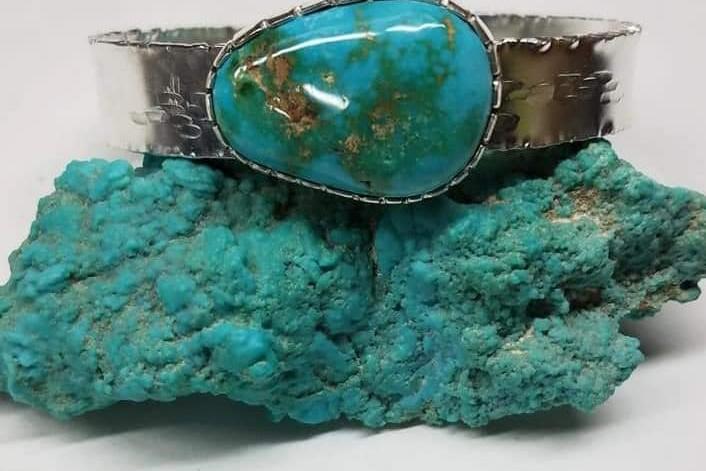
On how Colorado turquoise compares to turquoise from other places
I knew that our stone was really special since it was eating holes through concrete mixers. Our stone is that hard. What we mine out is less than 1 percent (of the total mined) in the world, but when you can cut and facet a piece of turquoise like a diamond, it's a darn pretty gem. So it's special.
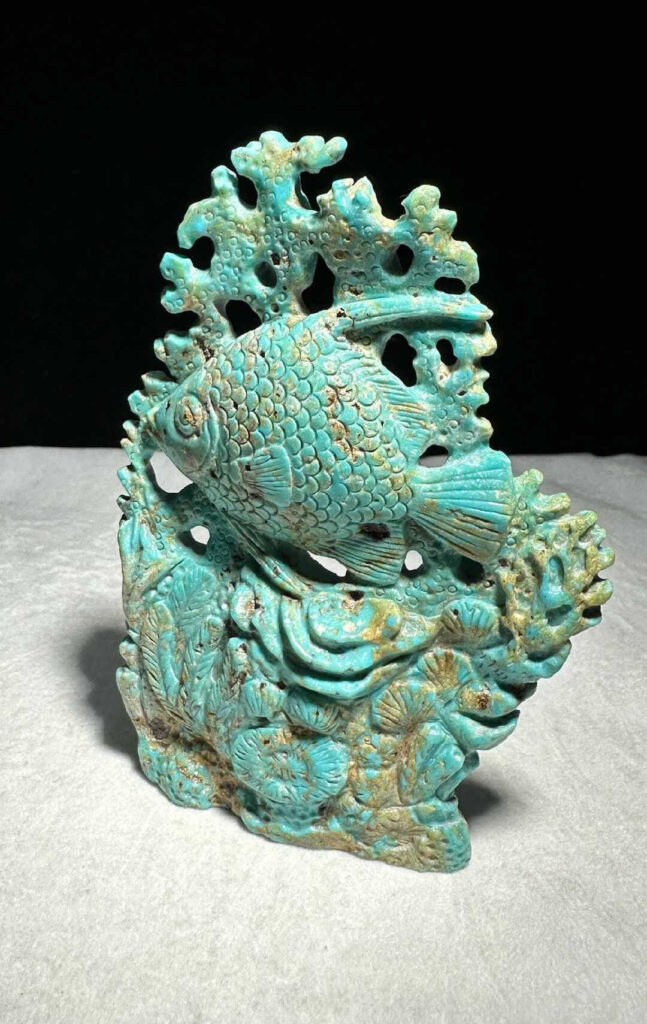
On treated and fake turquoise
Actually, 97 percent of what's on the market today is stabilized dyed color treated, if it's even turquoise at all. But stabilization sometimes keeps the beauty of the turquoise. So it is beautiful, but it's not authentic and it's not natural. People say “Oh, it's natural. It's just stabilized.” There's no such thing. It's either natural or it's not. That's no chemicals, no compound, no stabilization.
Some (fake turquoise) was howlite dyed blue. Back in the old days when they used to get the white aluminum phosphate out and it was chalky, they would dye it with Ty-D Bowl, the stuff you put in the toilet. Then they'd crush in polymer, dissolve it in an acid bath, soak it, and take it out. Then put it on a rack, let it dry and cut it up and sell it for natural turquoise.
There's nothing natural about it. It's not turquoise, it doesn't have the right elements, it just has aluminum phosphate.
On the myth that the road to Cripple Creek is paved with turquoise
Back in 1939, up through the 50s and early 60s, the old cable (used for mining) was still up at the mine. Mr. Burtis’s dad (the Burtis family mined turquoise in the Cripple Creek area for decades) gave the city (permission to go) up on the top of the mine. He let them drag the ground up there. They used to drag (the mine tailings) into an old truck and they'd spread it down through the city of Cripple Creek. The ground up there (has) clay in it, with the decomposed granite and the dirt that's in the ground, it would pack really well in the streets. They were dirt back then.
Mr. Burtis told me when he was little, he and his dad would get in the old truck and they'd go down at the end of town there before a rainstorm. It'd start raining and people would come out of the buildings, he said, and it looked like chickens pecking in the dirt up there. He said it was the funniest thing you've ever seen in your life. So that's how the turquoise actually got spread on the streets in Cripple Creek. But it's all paved now.
